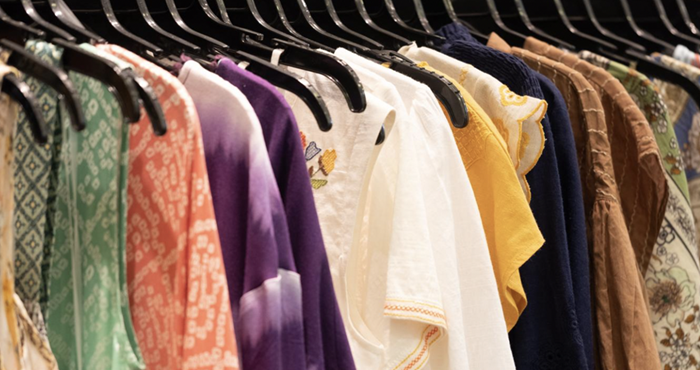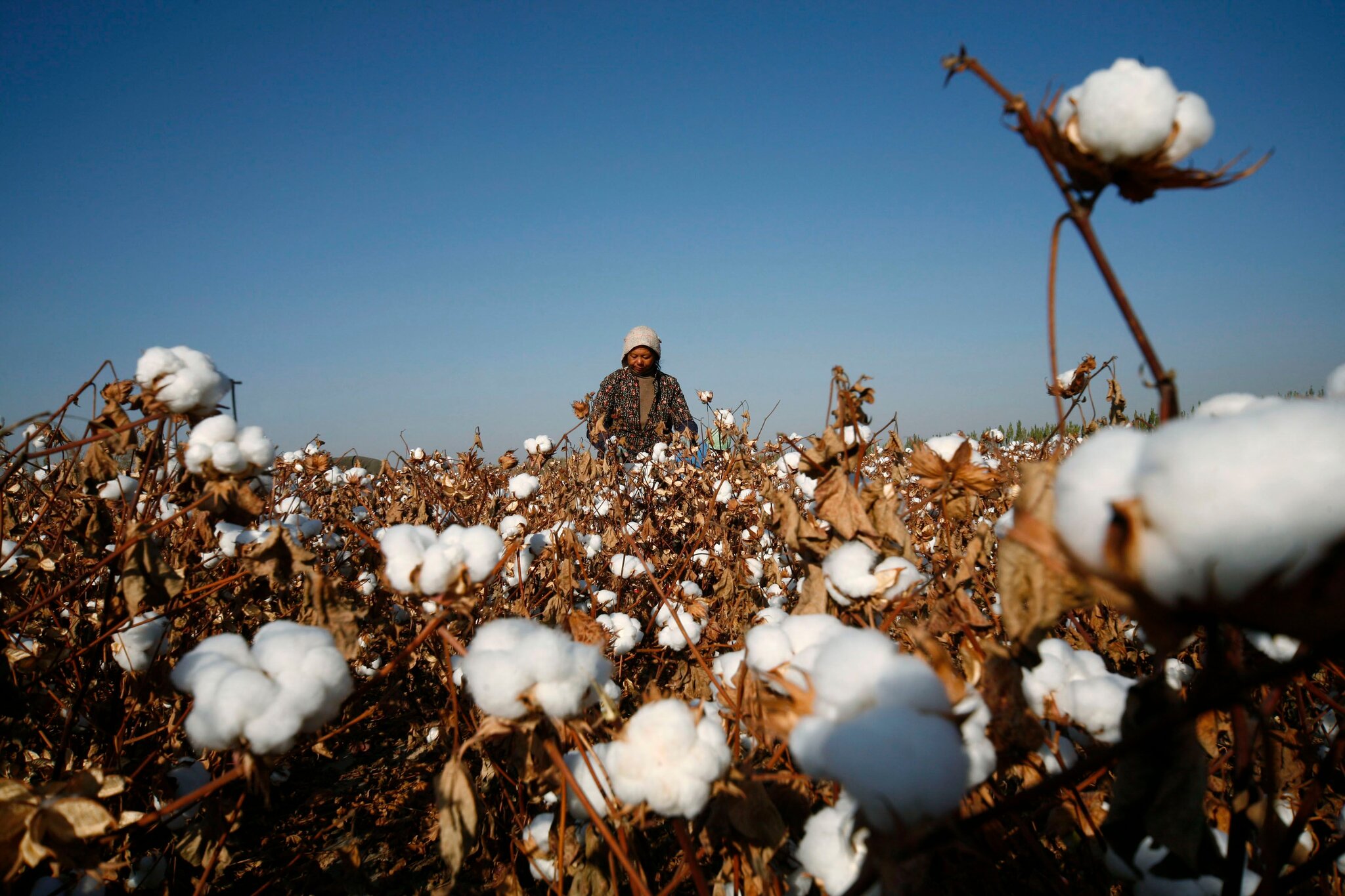
The global apparel industry has entered the second quarter of 2025 with renewed momentum, marked by strong import demand, shifting export patterns, and evolving retail dynamics. Data from Wazir Advisors ‘Apparel trade scenario in key global markets and India’, reflects the trade and retail landscape in March and April 2025, and provides valuable insight into the changing contours of this consumer-driven sector.
Developed markets drive import growth
Apparel imports grew across developed markets in March 2025, underscoring a recovery in consumer demand and a broader stabilization of global supply chains. The US imported apparel worth $6.6 billion, registering a 12 per cent year-on-year (YoY) increase. The European Union led the charts with imports worth $8.7 billion, a 23 per cent jump YoY, highlighting strong retail restocking activity. The UK, too, saw an impressive 36 per cent YoY rise, with imports valued at $1.9 billion. Japan followed closely with a 29 per cent YoY growth, importing $2.2 billion worth of apparel.
These figures point to rising consumer confidence in these regions and reflect the industry’s preparation for upcoming seasons. The strong numbers also indicate a renewed reliance on global sourcing networks after pandemic-era supply disruptions and a rebound in brick-and-mortar retail activity.
Export patterns reflect regional shifts in competitiveness
While importers reported strong demand, the export scenario revealed diverging performances among the leading apparel manufacturing countries. China, still the largest global exporter, reported a marginal 1 per cent decline in April 2025, with total exports standing at $11.2 billion. This slight downturn reflects ongoing pressures, including increasing labor costs, trade tensions, and global buyers’ continued efforts to reduce dependence on a single country.
In contrast, South Asian and Southeast Asian countries fared better. India emerged as a strong performer with a 17 per cent YoY rise in apparel exports, totaling $1.4 billion. This increase reflects India’s growing competitiveness driven by policy support, favorable exchange rates, and increased buyer interest in sustainable sourcing. Vietnam continued its upward movement as well, with exports rising 15 per cent YoY to $3.1 billion. Meanwhile, Bangladesh maintained its performance with stable exports of $2.4 billion, showing resilience amid shifting market dynamics.
These trends underscore the gradual diversification of global sourcing patterns. Retailers are increasingly hedging risks by distributing their orders across multiple countries to ensure supply chain resilience, cost efficiency, and quicker turnaround times.
Retail growth returns, but online sales weaken
Retail performance in April 2025 reflects a positive sentiment in the apparel sector, particularly in physical retail channels. In the US, apparel store sales increased 6 per cent YoY, suggesting a rebound in in-person shopping experiences. Interestingly, however, the country’s online apparel sales witnessed a 6 per cent decline in Q1 2025 compared to the same quarter last year. This could point to a normalization of consumer behavior post-pandemic, as shoppers return to physical stores, seeking tactile engagement and immediate gratification.
The UK also posted a healthy 9 per cent YoY growth in apparel store sales in April 2025, reaching £3.6 billion. This suggests continued resilience in consumer spending despite broader macroeconomic uncertainties. In India, apparel retail sales in March 2025 rose by 6 per cent YoY, highlighting the country’s growing domestic consumption and urban retail expansion.
In contrast, the US home furnishings segment showed a 1 per cent decline in store sales, indicating a shift in discretionary spending priorities, possibly favoring fashion and lifestyle purchases over home improvement categories.
Macroeconomic indicators reflect mixed signals
April 2025’s macroeconomic indicators present a mixed backdrop for the apparel industry, particularly in the US. While inflation eased to 2.3 per cent, offering some relief to consumers and retailers alike, consumer confidence index dropped sharply to 86.0 from 92.9 in the previous month. This drop suggests rising consumer caution, possibly linked to broader economic concerns such as employment uncertainty, geopolitical risks, or slowing wage growth.
The decline in consumer confidence could temper future retail performance despite current positive trends in store sales. Retailers may need to adopt a more conservative approach to inventory planning and promotional strategies to navigate potential volatility in demand.
Resilience with caution in future
The data from early 2025 shows highlights an industry in recovery, yet one that remains sensitive to macroeconomic and geopolitical factors. Strong import demand from developed markets and encouraging export performances by countries like India and Vietnam point to sustained momentum. At the same time, the drop in US consumer confidence and declining online sales indicate that the path forward may not be entirely smooth.
The global apparel industry must now balance optimism with prudence. Retailers and suppliers alike will need to remain agile, focus on cost control, invest in digital transformation, and strengthen their sustainability credentials to remain competitive in an increasingly fragmented and dynamic global market.












